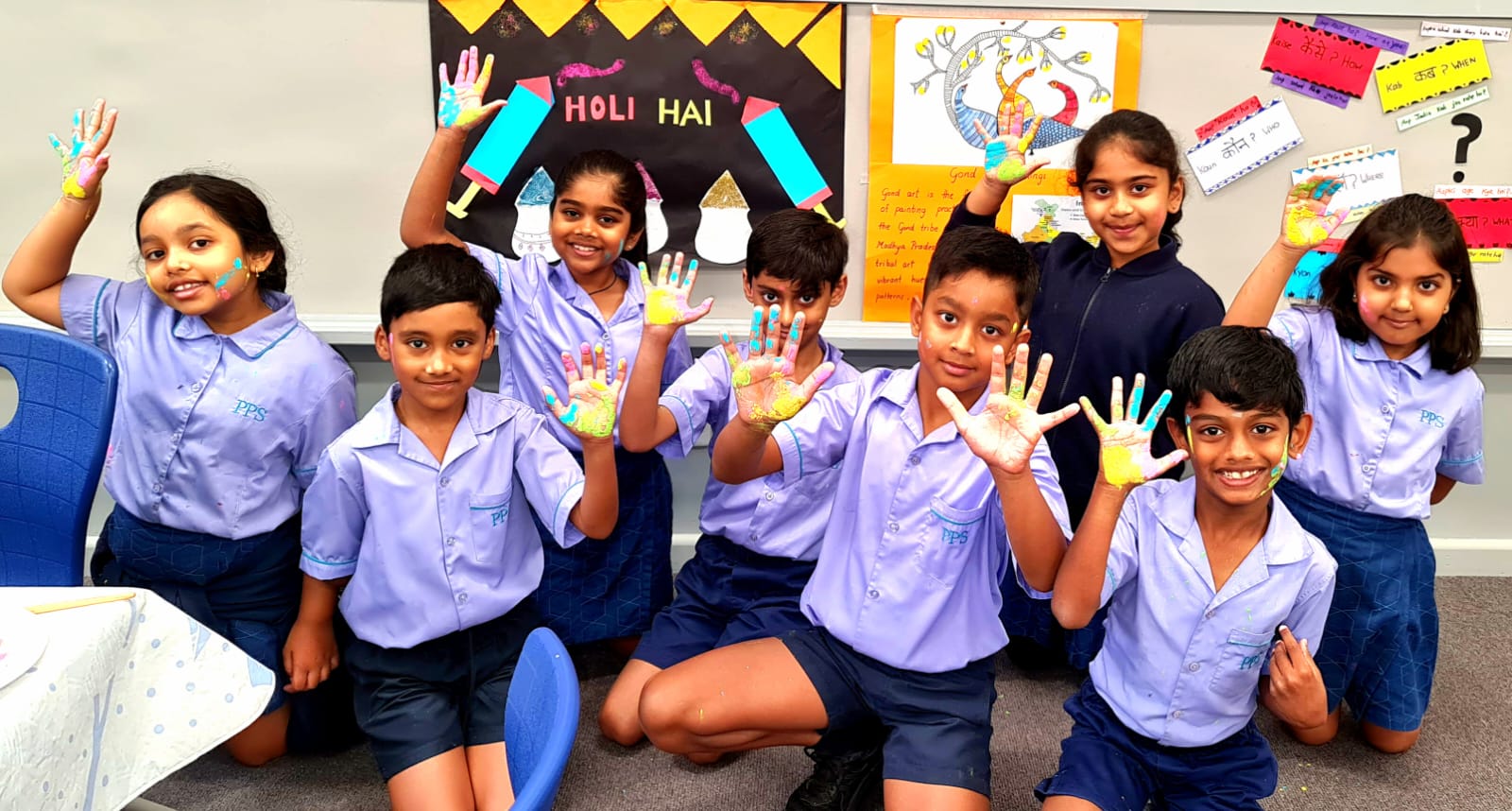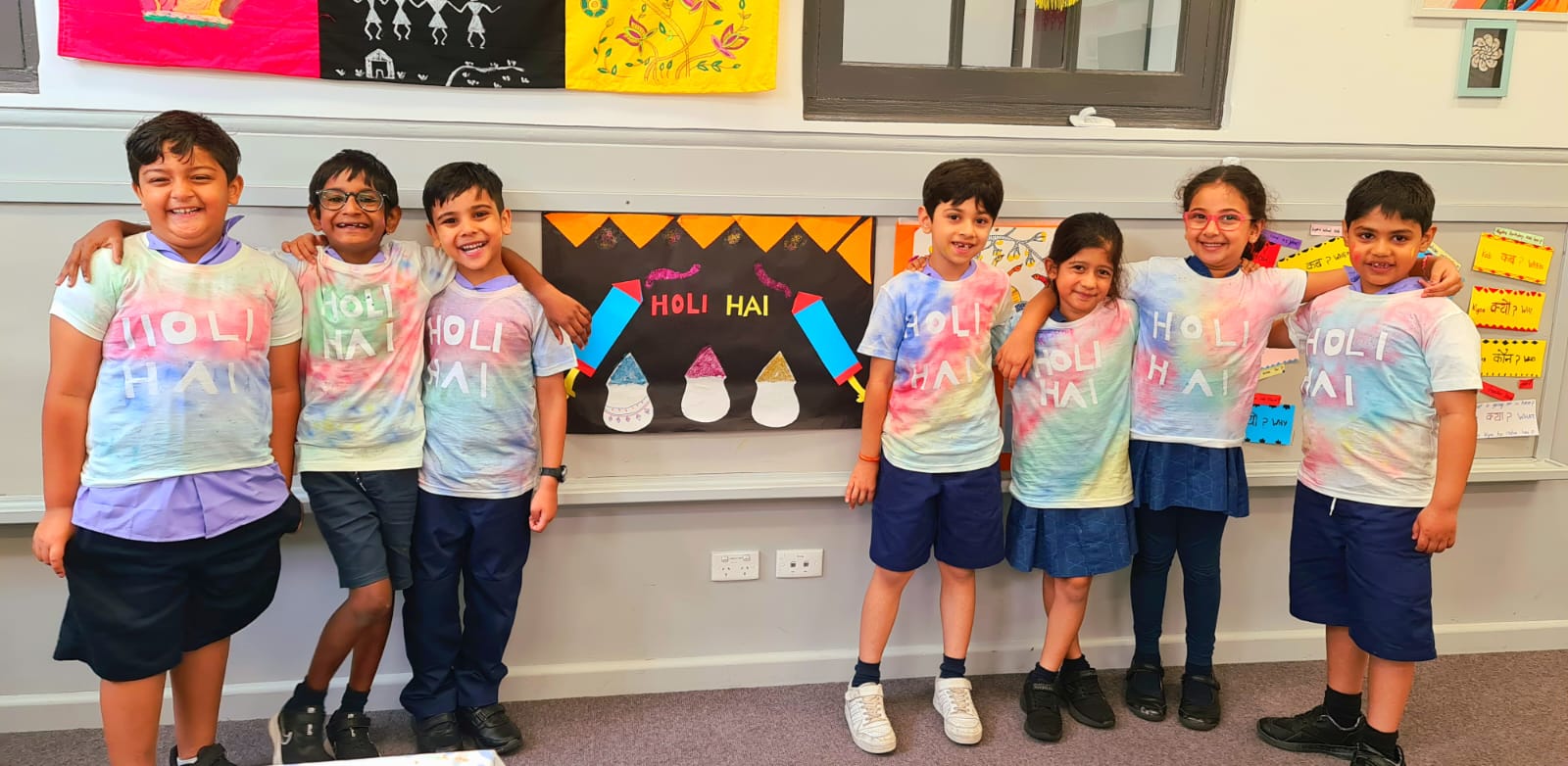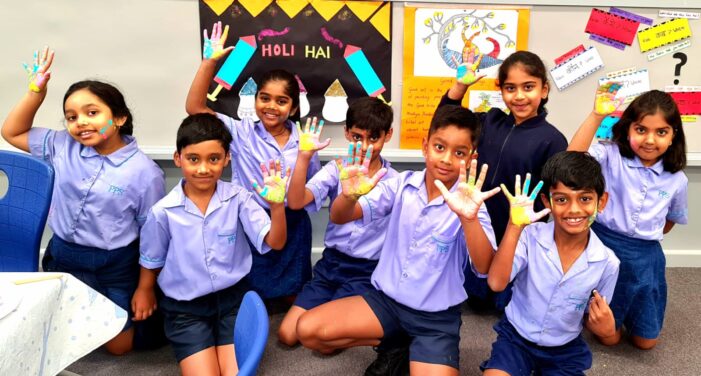When there is a change in immigration patterns in our town and cities, schools become community hubs with new opportunities to share and enrich cultural learning.
 That’s certainly true in NSW public schools, which have seen a doubling of students with an Indian language background over the past 10 years, according to a new study, ‘Language Diversity in NSW Government Schools 2022’.
That’s certainly true in NSW public schools, which have seen a doubling of students with an Indian language background over the past 10 years, according to a new study, ‘Language Diversity in NSW Government Schools 2022’.
In 2012, there were approximately 30,000 students who spoke an Indian language at home. That number is now more than 65,000, representing 22.1% of all public school students who have a language background other than English (LBOTE).
At Marsden Park Public School – as well as in the suburb – the Indian community has been embraced, according to Emilia Vatalis, Assistant Principal, Curriculum and Instruction, and resident of the area.
“It’s a lovely community and our families are very community based. They’re always willing to have a conversation, so they will always stop and have that conversation.
 “We also help transition these families and students into Australian culture, for example explaining things like what to bring to school because the students are used to hot lunches,” she said.
“We also help transition these families and students into Australian culture, for example explaining things like what to bring to school because the students are used to hot lunches,” she said.
The cultural infusion has resulted in changes at the school, most noticeably with extra-curricular activities in response to parents and students.
Along with a new school band and a Bollywood dance club, Marsden Park Public School now offers a chess club for a cohort of academically-driven students.
“The new community has definitely brought a lot of diversity into the school and it was just last year we had our first Divali afternoon with our parents,” Mrs Vatalis said.
“It was a really great community event and they were really excited to share the food from their culture.”
At Parramatta Public School, which has had a high immigrant population for many years, the shift from a majority of Chinese language speakers to Indian language speakers has provided the opportunity to diversify its community languages program.
Principal Gail Charlier said the school now offers both Mandarin and Hindi Community Languages Programs, and has a community language teachers who also provides bilingual language support in students’ learning hubs.
“Community language teaching supports the continuance and significance of the home language within our community and strengthens concept understanding by establishing links between the home language and English,” she said.
Hindi sits alongside Urdu, Bengali, Tamil, Punjabi and Gujarati as representing the backgrounds of more than 5,000 public school students.
Of all the 24 Indian languages reported in ‘Language Diversity in NSW Government Schools 2022’ there were six other Indian languages with more than 1,000 LBOTE students in NSW government schools in 2022 – Nepali, Telugu, Malayalam, Sinhalese, Marathi and Kannada.
Students with a language background other than English are those who live in a home where another language apart from English is spoken by the student, parents, or other primary caregivers.
More than a third (37.7% or302,154 students) came from homes where languages other than English were spoken by either the students themselves and/or at least one parent or carer.
The study shows that Arabic was the largest single LBOTE group in 2022, with 40,929 enrolments (13.5% of all LBOTE students) from an Arabic-speaking home.
The proportion of LBOTE students has grown from 30.3% in 2012, an increase of 7.4 percentage points in 10 years.
However, Executive Director, Schools Policy and Evidence, Jacky Hodges said that a student’s country of origin cannot be inferred by their language background.
“Country of origin is where the student was born, while language background refers to the languages spoken by the student and their families,” she said.
“French, for example, is the official language of approximately 30 countries, with many more countries, including Australia, having French speakers as citizens and migrants.”
Understanding language diversity helps principals and school leaders tailor appropriate ongoing support and learning equity.
It also helps them deliver the right culturally inclusive education and celebrate students’ cultural and linguistic diversity.
The Language Diversity in NSW Government Schools 2022 report is available from the Centre for Education Statistics and Evaluation website.


You must be logged in to post a comment Login